Mauritshuis. Originally posted to Flickr as Dutch parliament, The Hague. Author Rainer Ebert. Posted under CC BY-SA 2.0. No changes were made to this image.
When you think of Dutch architecture, what might come to mind is the famed canal houses of Amsterdam. However, Dutch architecture goes far beyond its canal houses—Dutch Baroque architecture is one of its most breathtaking styles.
The Dutch Baroque period saw the construction of distinctive palaces, churches, and other buildings. Let’s examine what went into building them.
Table of Contents:
Introduction to Dutch Baroque Architecture
Dutch Baroque architecture is, as the name suggests, a subset of the Baroque style. Baroque architecture began as a Catholic response to the Protestant Reform.
Ironically, it ended up being adopted by the Protestants. The Netherlands, then called the Dutch Republic, was one of those protestant countries. Note that the Dutch Baroque also extended to the Netherlands’ colonies.
Let’s rewind to Baroque architecture for a moment. “Baroque” is an art-historical term for the period from about 1600 to 1750. The word originated from the Portuguese ”Barocco,” which refers to an irregular stone or pearl. It was first used by 18th-century critics to describe the architecture and art of the past century, which they viewed as unusual, opulent, and irregular.
The Baroque architectural style began in Italy after the Renaissance and was distinguished by ornamentation and a combination of various arts.
In the Netherlands, Baroque architecture developed with its own unique style from the 17th to 18th centuries. Since Dutch Baroque architecture developed after the Netherlands gained independence from the Spanish monarchy, the architectural theme was the new republic.
Recommended Reading:
The extravagance of the Dutch Baroque style was made possible by the immense wealth that the Dutch had accumulated from sugar plantations, the trans-Atlantic slave trade, and imports of the West India Company.
Some examples of the Dutch Baroque style include:
- Westerkerk (West Church), Amsterdam, 1631
- Huis Ten Bosch (House in the Woods), the Hague, c. 1647
- Mauritshuis, the Hague, c. 1640
Characteristics of Dutch Baroque Architecture
- Most Dutch Baroque buildings or buildings with Dutch Baroque elements were civic buildings, churches, and palaces.
- The style reflects the religious tensions of the period. It tends to be more austere than the Baroque architecture of other European nations, possibly due to religious influence.
- The style used the materials that were common in the era and region, including stone, wood vaulting, and brick. Indeed, buildings were mostly made of brick, while stone was used in moderation for decorative elements on facades and main entrances.
- Noble materials (that is, materials that do not react with other elements to form compounds, such as gold and platinum) were reserved for interiors.
- On that note, interiors were usually more ornate than exteriors. They contained molding, brass applications, paintings, and wood carvings.
- Symmetry was used to emphasize the center of the structure.
- Elements such as gabled roofs, steeples, giant order pilasters, and central pediments can be found.
- Classical references are also present. These include arches, columns, frontons, gables, and so on. These were mainly decorative and used for exterior facades.
- Elements of Baroque architecture, in general, are, of course, also found. These include an impression of grandeur, large domes, drama, and the use of mirrors to accentuate light. However, note that Dutch Baroque is more subdued than other Baroque styles when it comes to exteriors.
Note that the Dutch Republic was one of the great powers of the 17th century, and its architecture influenced other European nations. For instance, Dutch architects were employed for various projects in Russia, Scandinavia, and Germany.
Recommended Reading:
Proponents and Architects
The architecture of the Dutch Republic was intended to reflect republican and democratic values. It did this by drawing inspiration from classical antiquity. As such, many Dutch architects took references from Italian architect Andrea Palladio.
They also found inspiration in Hendrick de Keyser’s designs. De Keyser helped establish a Venetian-influenced style via buildings such as Westerkerk and Noorderkerk.
Recommended Reading:
Generally, architecture in the Low Countries (the Netherlands, Belgium, and Luxembourg) remained rather invested in the forms of the northern Italian Renaissance. Other vital exponents of the 17th century were Pieter Post and Jacob van Campen, who adopted de Keyser’s style.
Dutch Baroque architecture cannot be done justice in a short article, but we hope we have given you an insight into this gorgeous style.
It may be a relic of the past, but your next construction project doesn’t have to be. With BluEntCAD’s 3D rendering services, you’ll be able to attract investors, wow clients, and ensure that your project ends up as intended. Whether interior rendering, exterior rendering, an architectural walkthrough, or an interactive floor plan, we’ve got you covered.
We serve home builders, real estate developers, interior designers, architects, design-build contractors, and remodelers.
Browse our past projects in our portfolio section. Ready to make your next project as incredible as the Dutch Baroque style? Contact us today!


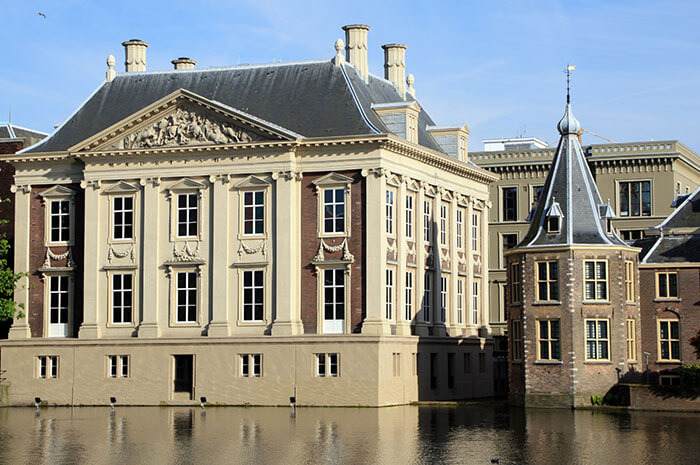

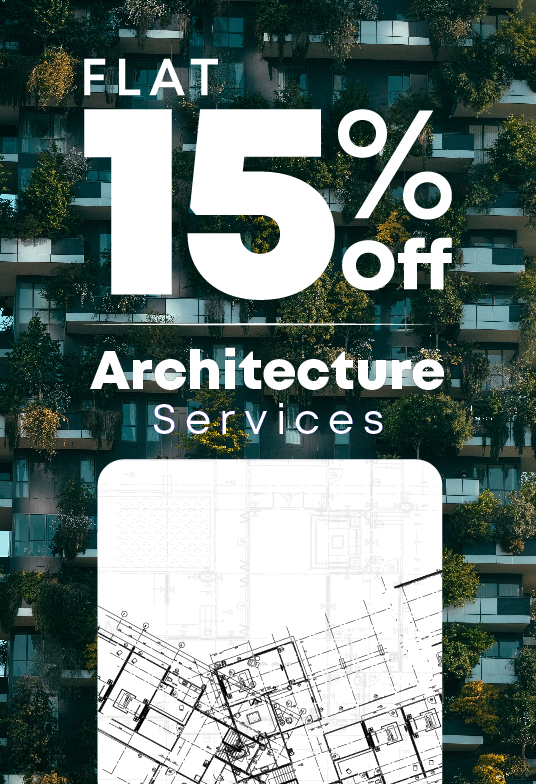
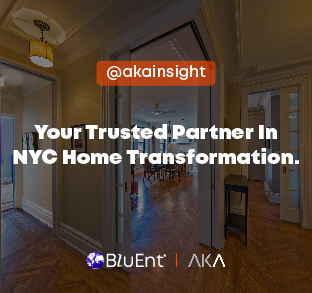

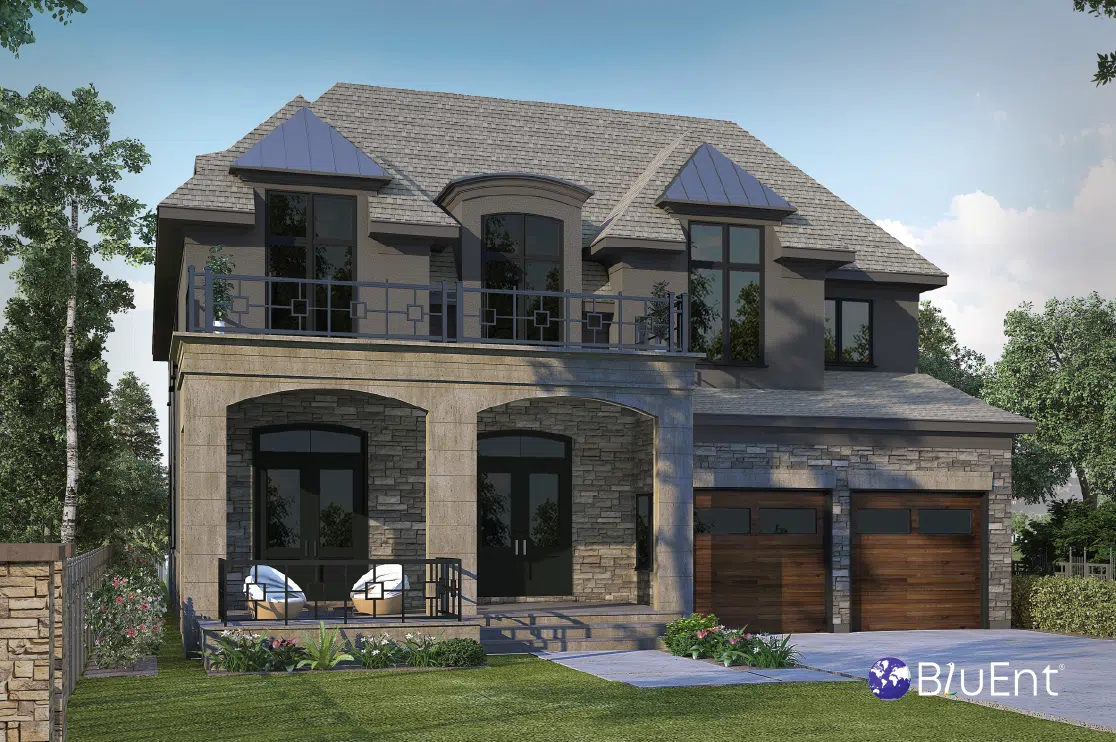 How 3D Architectural Visualization Boosts Property Pre-Sales?
How 3D Architectural Visualization Boosts Property Pre-Sales? 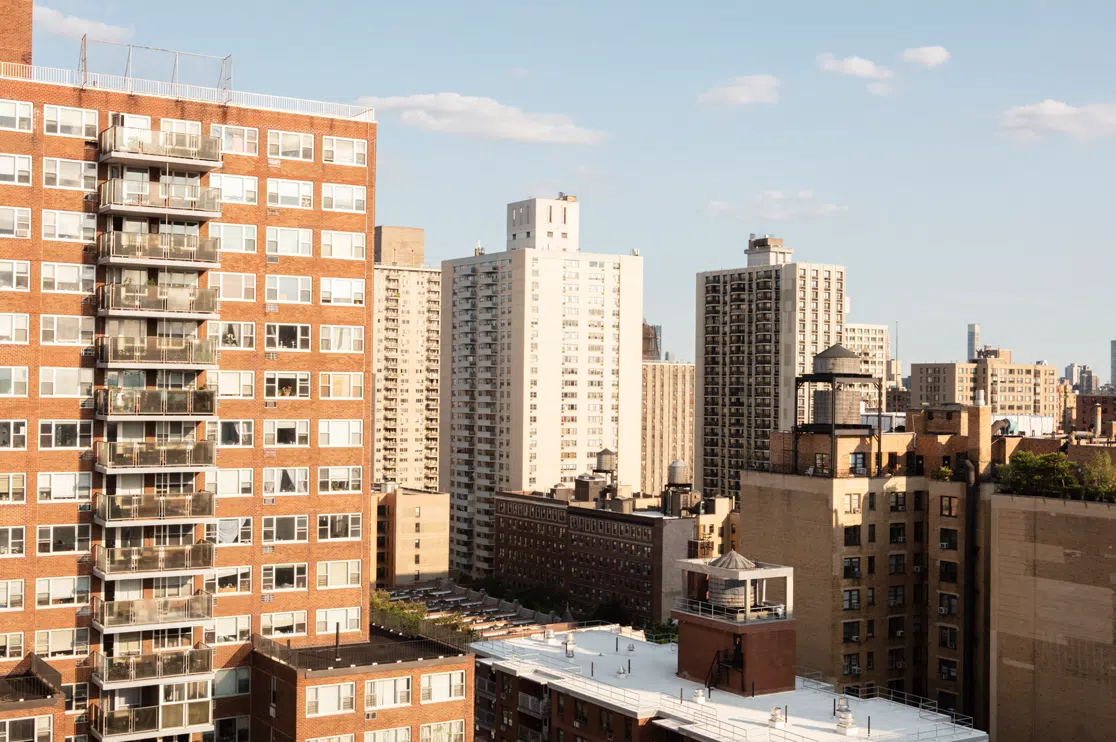 A Guide to 3D Condo and Apartment Rendering for Residential Projects
A Guide to 3D Condo and Apartment Rendering for Residential Projects 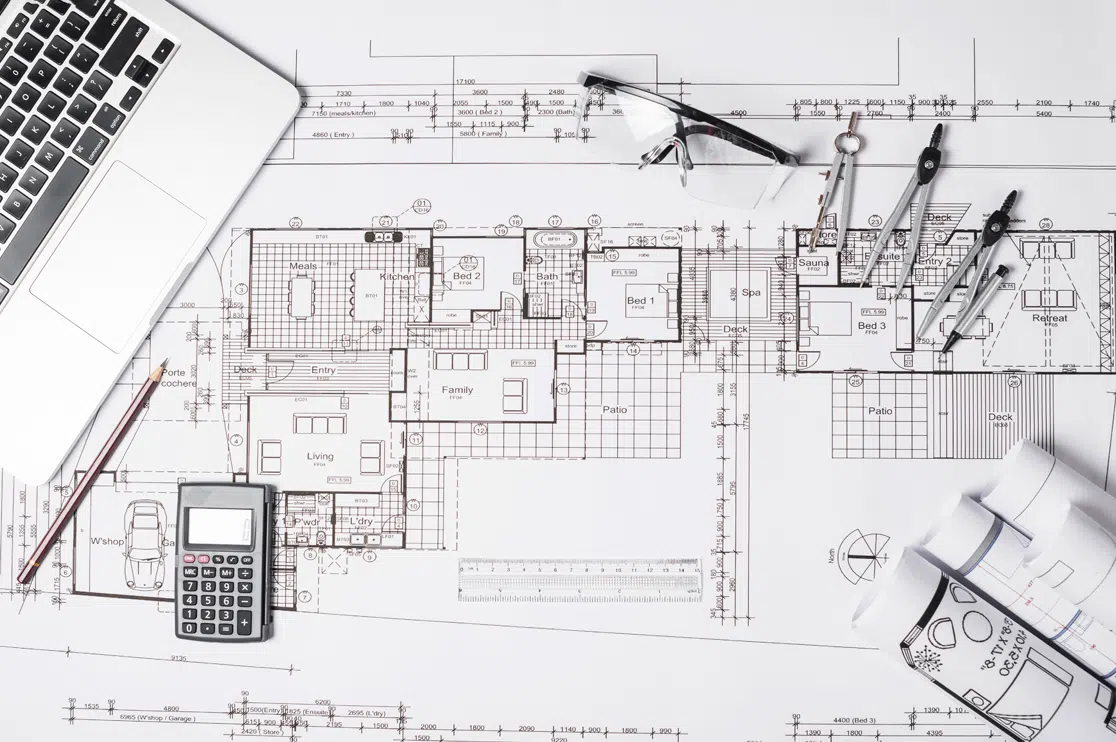 Details of Modern Ranch Style Open Floor Plans for Builders & Buyers
Details of Modern Ranch Style Open Floor Plans for Builders & Buyers 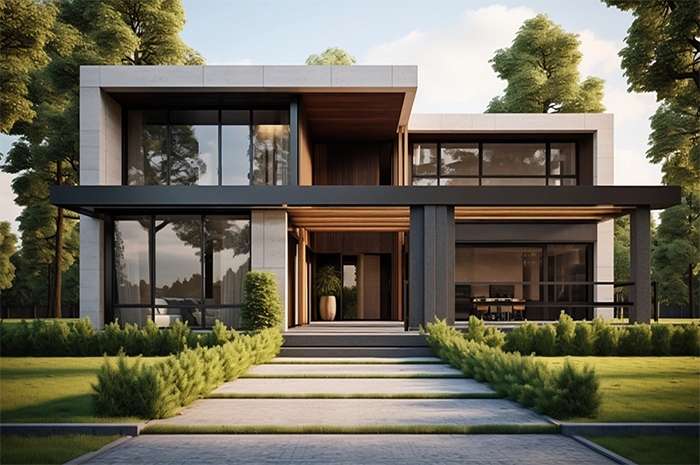 How 3D Landscape Designs for Exteriors Can Elevate your Property’s Value
How 3D Landscape Designs for Exteriors Can Elevate your Property’s Value